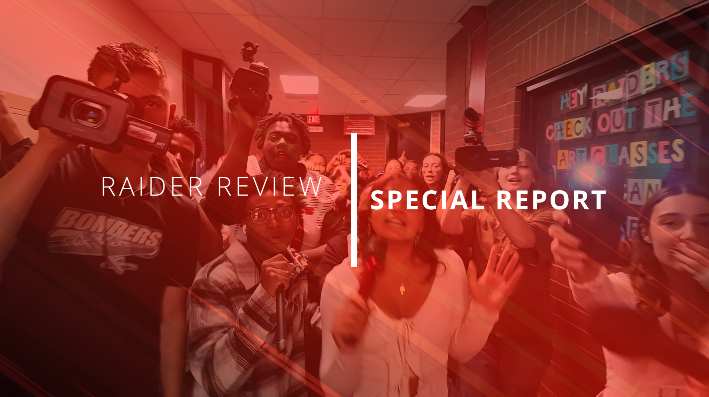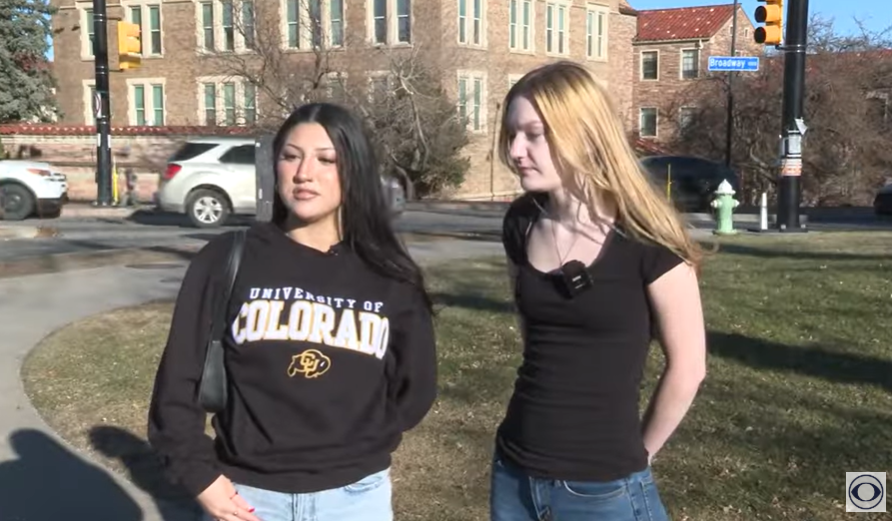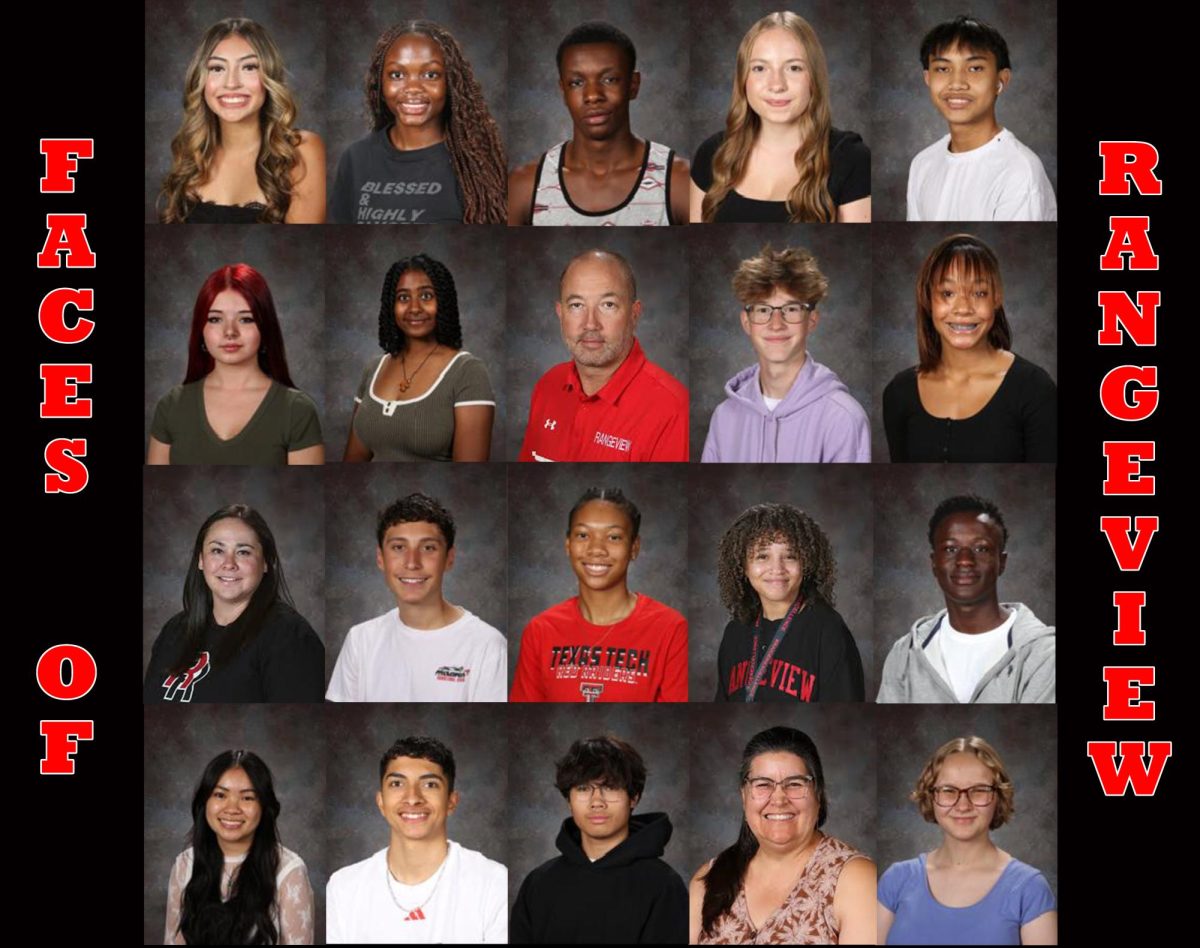Alivia Lee, Features Reporter

As the school year moves further along, new classroom changes have left students and staff talking about the school budget. Recent actions like decreasing the amount of teacher copies have sparked some interest in the idea of the school’s money and how much is known about it.
“I know little to nothing about our school budget,” said sophomore Olivia Andre. “I think we [students] should know something about it. Personally, I think I should know how the budget is used to support my education.”
Besides students being unaware of the budget and the workings within it, most teachers also seem to be slightly unaware.
“I don’t know anything about the budget,” said second year Rangeview science teacher Sean Kassube.
Even most veteran teachers have an indefinite idea of the use of money.
“I don’t even know, maybe if I paid more attention I would know more,” said long time Rangeview German teacher Patrice Dovas-Hudson.
To get a basic breakdown of the budget, the school is given $321,000. About 33% of that is “student money,” department dollars makes up roughly 30%, and admin budget is 24% of the $321,000, leaving 13% for professional development. To most students and maybe even some staff members, this may just look like a jumbled up mix of numbers and words, so some of the Rangeview staff went through and explained the key ideas.
“Student money is used to buy anything a student may touch or use in the classroom, including things like supplies,” said Assistant Principal Ian Mulligan. “80-90% of the department dollars also typically go towards student money.”
Department chairs had also helped to explain the breakdown of what department dollars are used for in the classroom.
“Most of the department dollars go towards labs and supplies that would run out, things thing thermometers, chemicals, glass,” said science department chair Tom Brown. “Since copies were cut, a large amount also went towards student notebooks.”
Classroom teachers had also shared similar facts that department money would not be spent on something not useful and that with this money a lot of yearly supplies are purchased.
“Admin budget would cover anything that students do not touch,” said Rangeview Principal Ronald Fay.
Both Fay and Mulligan explained that it is district policy that at least 10% of the budget is spent on professional development, which includes sending teachers to things like workshops.
In regards to the issue of limited copies, both Fay and Mulligan also shared that the budget should reflect academic improvements. The large amount of copying did not correlate with or create better test scores.
Upon getting an idea of the school budget and how the money is divided, students had developed mixed ideas and feelings about the use of money.
“It’s cool that like 50% of the budget goes towards supplies, but I feel like we have a lot of teachers that don’t see much of that money,” said Andre. “I would rather have the money go towards new books and usable classroom supplies.”
A common thought among Rangeview students was the actual lack of adequate supplies in the classroom.
“I feel like they’re lying about it. There is nothing in classrooms,” said sophomore Darlenne Guerra. “They cannot even give us simple stuff such as tissues.”
Most teachers interviewed for the story shared that they do not completely agree with the mentioned budget breakdown or how the money is currently being used.



